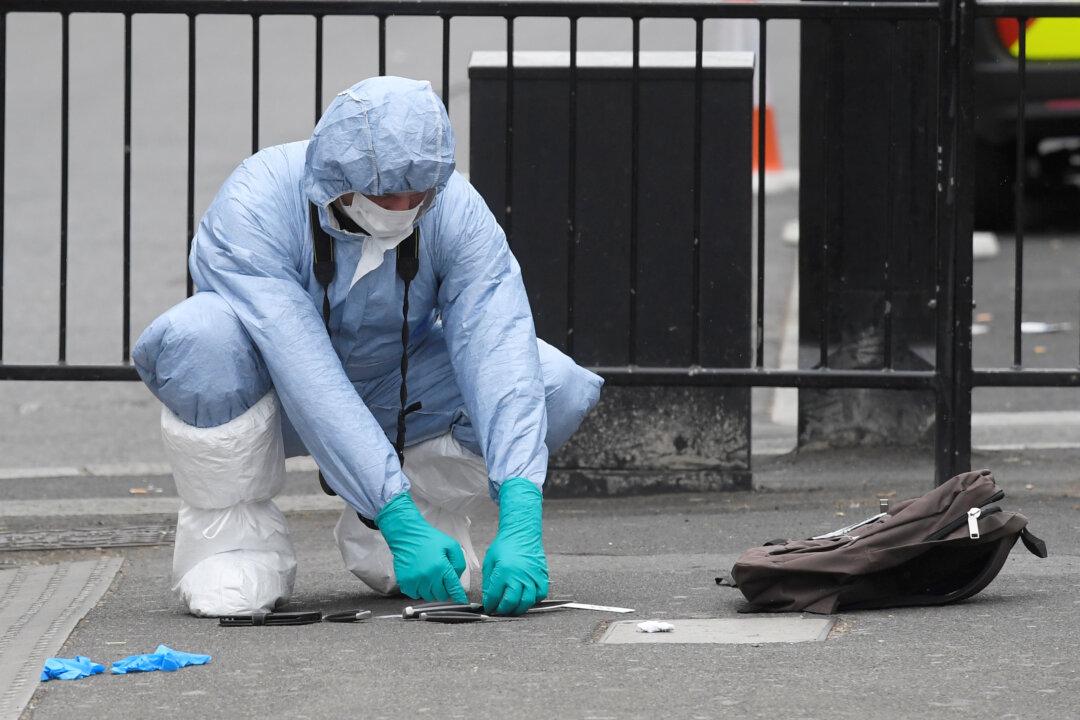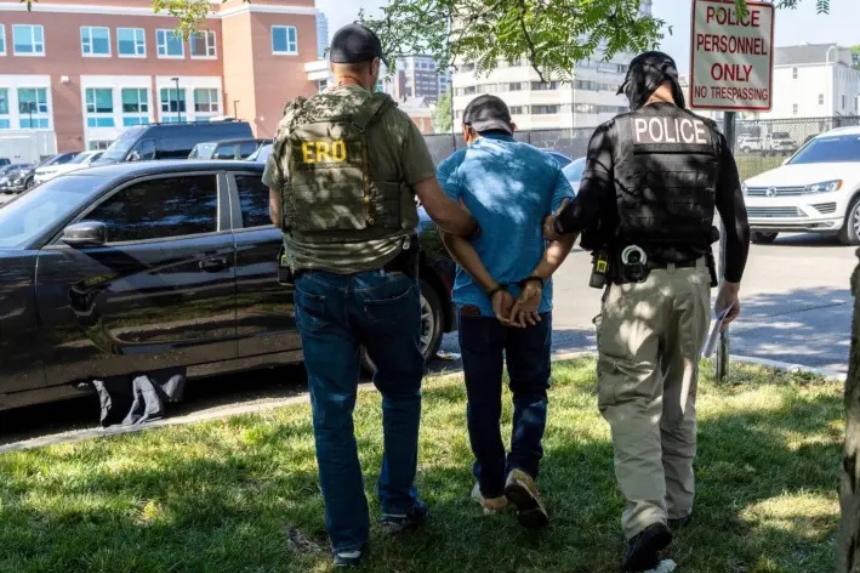More than 280 people in England and Wales lost their lives to homicide with a bladed instrument—mostly knives—between April 2021 and March 2022, the highest number since records began in 1946, according to a report by the Office for National Statistics (ONS).
The number of homicides rose by 19 percent, to 282, over the previous year. The increase included an 18 percent rise in the deaths of young men, with the number of male victims aged 16 to 17 years jumping to 24 from 10.





